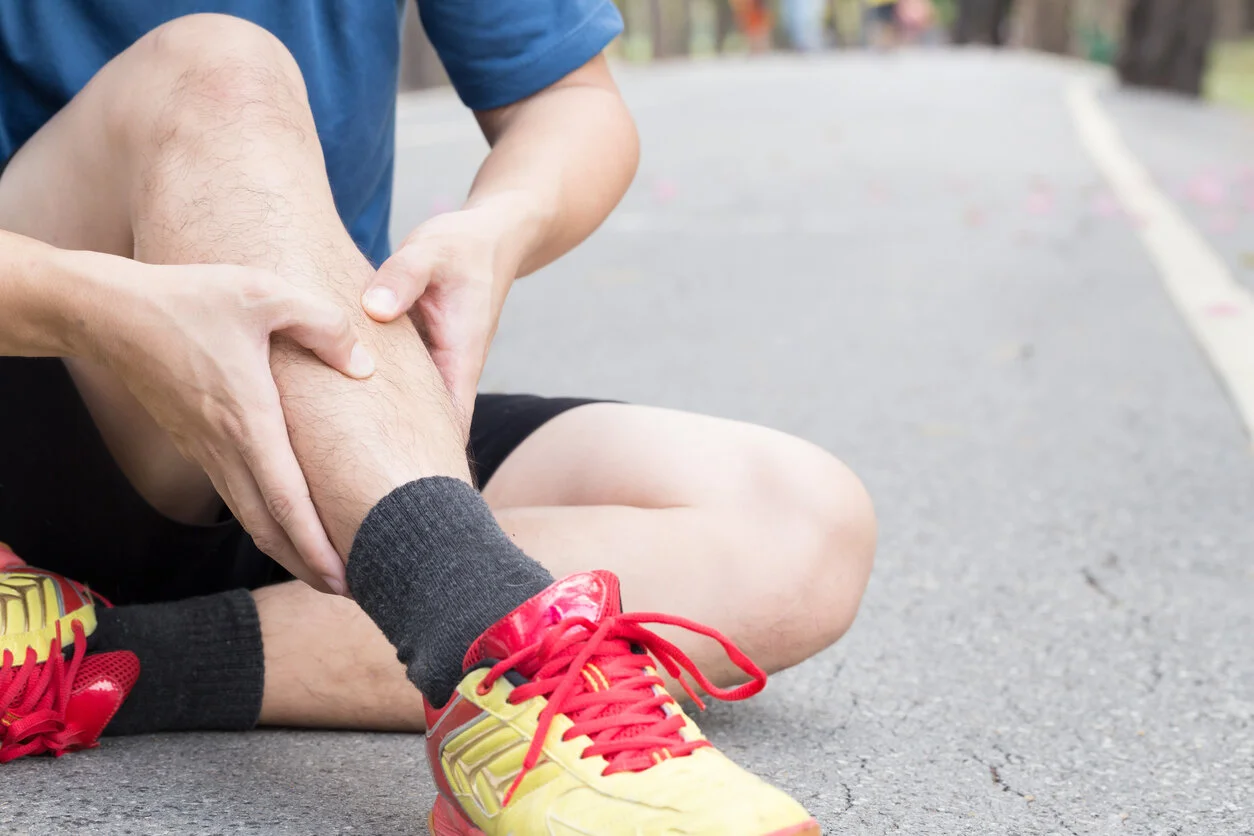Shin Splints
Shin Splints are more likely to occur when your leg muscles and tendons are over-used. When you play certain sports the impact on your feet and legs can be as much as six times your body weight.
People with increased likelihood to experience shin splints include women, military recruits, dancers, long distance runners and those with flat feet or rigid arches.
Causes
A dull ache in the front part of the lower leg on either side of the shin bone
• Pain that develops during exercise
• Muscle Pain
• Pain, tenderness or soreness along the inner part of the lower leg
• Swelling in the lower leg, usually mild, but still noticeable
• Severe pain in your shin after a fall or accident
• Numbness and weakness in the feet
• A shin that feels hot or visibly inflamed
• Swelling or pain in your shin area that gets worse even when you are resting
Causes
Shin Splint Pain may result from the excessive amounts of force on the shin bone and the surrounding tissue that attaches your muscles to the shin bone. These forces cause muscles to swell—hence increasing the pressure against the bone. This leads to inflammation and pain.
Shin splints can result from stress reactions to the bone fractures caused by increased impact. How so? Constant pounding, as in the case of long distance running, can cause minute cracks in the bone of the leg. The body can repair these cracks, if given time to rest and recover. But when the body doesn’t get time to repair, then the tiny cracks may result in a stress fracture or complete fracture.
Shin splints can also result from an anatomical abnormality, like flat feet; rigid arches; muscle weakness in the thighs/buttocks; lack of general flexibility.
Shin Splints may be caused by an improper training technique, constant running downhill running on slanted surfaces or running on uneven terrain, along with participating in sports with fast stops and starts (netball was a major culprit for skin splints until the game allowed more flow on).
Shin Splints may be the outcome of wearing inappropriate footwear for running or workouts.
Shin Splints are more likely to occur when your leg muscles and tendons are tired.
Causes
• If acute and painful:
Cease all high impact activity
R.I.C.E. (Rest, Ice, Compression, Elevation)
Short use of non-steroid anti-inflammatories may be prescribed by your podiatrist.
Take a full break from certain physical activities that largely contributed to the condition. Give your legs time to rest and allow the pain to pass completely. This may take time: from a few hours to a few days with rest and limited activity. But without it the condition will worsen.
• If moderate: Participate only in light activity for two weeks, engaging in sports or activities that are less likely to exacerbate the condition e.g. swimming or walking.
• Ongoing use of compression bands and straps is advised.
• Deep tissue massage will assist along with use of prescribed magnesium supplements.
• Dry needling may release the trigger points in cases of continuing pain.
• Always wear footwear that is supportive and has adequate cushioning.
• Cross training - stretching of calves, hamstring and iliotibial band before and after activity.
• Orthotic Therapy to correct posture issues
• Non-steroidal anti-inflammatory medications as a last resort taken temporarily for extreme pain
Take the first step!

